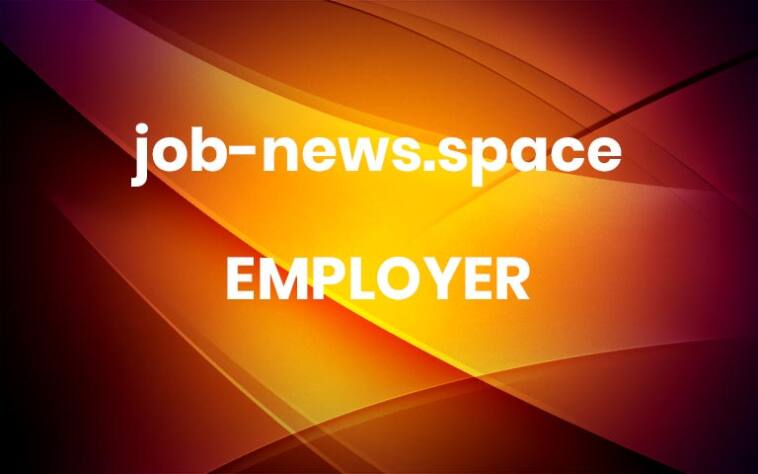Want to Win Top Tech Talent? Align with Candidate Preferences
The tug-of-war between remote and in-office work continues. Just when we thought the work-from-home lifestyle might be here to stay, companies increasingly called employees back into the office. Regardless of their current working environment, Hired data shows tech workers value work-life balance while remaining ambitious.
Hired predicts companies that integrate candidate preferences with the organization’s needs will win the most top talent.
In late 2023, Hired surveyed 1000+ tech workers and 250+ tech employers about tech recruiting and hiring topics. When asked what’s most important to them in a job (besides competitive compensation and benefits), tech talent responded:
Related: 2023 Survey Results: Top 3 Benefits Ranked by Engineers (Besides Salary)
Why would employers’ organizations continue or expand remote work?
Employers’ top four survey responses were:
1) To secure top talent who prefer its flexibility and autonomy
2) Improved work-life balance
3) Access to a broader talent pool
4) Increased productivity
Work from Home (WFH) vs. Return to Office (RTO)
Our partner Teamtailor believes the remote work era will continue to shape policies and recruitment strategies for a thriving workplace. They feel companies offer remote work primarily to improve work-life balance.
Related: How to Onboard Remote Employees Really Well: Free Checklist Template
Teamtailor says, “As we step into 2024, it’s evident that remote work is firmly entrenched in the professional landscape. With 54% of HR leaders expecting stability in their remote work policies and a notable 57% recognizing its positive impact on employee engagement, the future of work embraces a balance between flexibility and organizational needs. The focus on fostering a healthy work-life balance, particularly to attract autonomy-driven talent like Gen Z, is a strategic move being embraced.”
As for why companies are bringing workers back to the office, another ATS partner, Workable, suggests it is a pragmatic decision some companies are making based on a multitude of reasons. This includes collaboration and teamwork, innovation, mentoring, and development.
Workable’s Senior Content Strategy Manager Keith MacKenzie explains, “Today’s workers have more options not to commute than they did before the pandemic. The return-to-office conversation is positioned in the community as a polarized battle between remote and on-location work. But it’s much more nuanced than that. In 2024, many of those nuances will start to rise to the surface, including the establishment of hybrid work as a standard.”
Hired’s CEO on hybrid work
In a recent feature on the Talk Talent to Me podcast, Hired CEO Josh Brenner reflects on shifts in the workplace environment. He says, “I was really thinking it was going to be remote forever across all companies. Last year, I was scratching my head realizing we’re not seeing that in the data anymore. Companies started to pull people back into the office”
He sees hybrid work as the dominant model now, a result of talent taking a stand against a full work week in the office. “There are strategic things that are good for being in person. And there are benefits of having flexibility and the ability to focus at home.
The challenge with the hybrid is that the companies need to hire people in the local area where the offices are.”
This reduces their available talent pool, limiting the quality of talent they can reach and the diversity of candidates they can bring in. Josh explains, “During the pandemic, companies were able to bring diversity of thought, background, gender, and age. With a focus on hybrid, it’s far more limited.”
Related: 4 Ways to Keep Company Culture Alive in Remote & Hybrid Work
The future of work is flexible
Tammy Dain, former Senior TA Consultant at Axiom, founder of Recruiting Rabble & Talent Collective echoed the emphasis on work flexibility in a past Talk Talent to Me episode.
She says, “I think the use case for flexible work and a flexible workforce is needed because of what we’ve seen happen with the workforce. So I think it’s just a trend we’re going to continue to see grow and grow.”
Start with transparency
The best way to align the needs of the business and tech worker preferences is to begin with transparency. When candidates are approved for the Hired platform, for example, they create a profile, which is more comprehensive than resumes. It includes skills, experience, salary expectations, as well as preferences, and even “dealbreakers.”
Related: Hired’s 2023 List: Top Employers Winning Tech Talent
This drives better matches between employers and candidates, which translates to 60%+ response rates and better efficiency in the hiring process.
Related: What Happens When TA & Hiring Managers Unite? Best Practices from One Medical, NBCUniversal & More More




